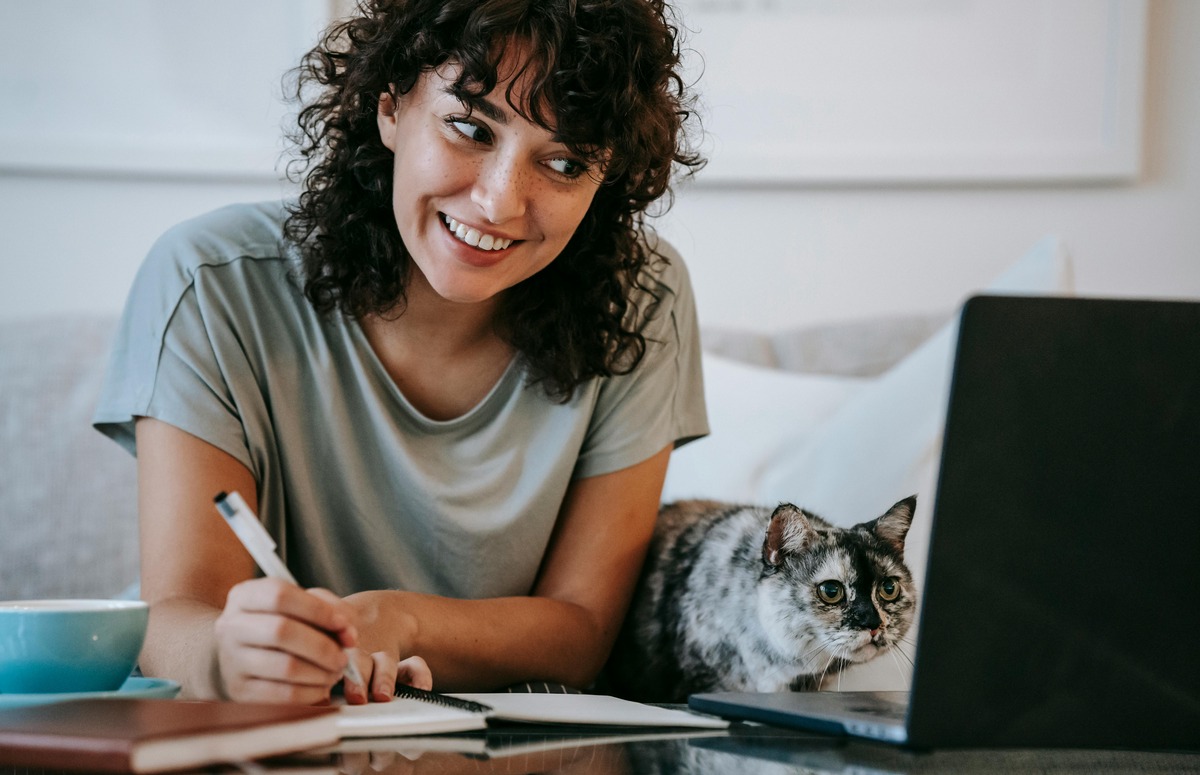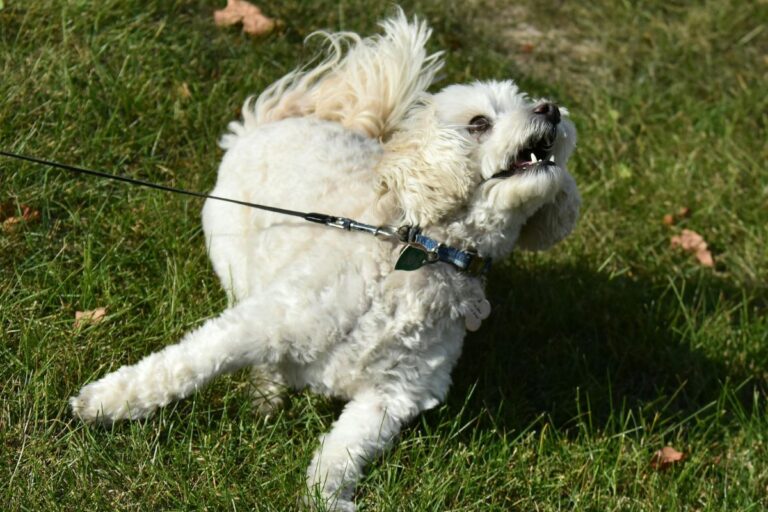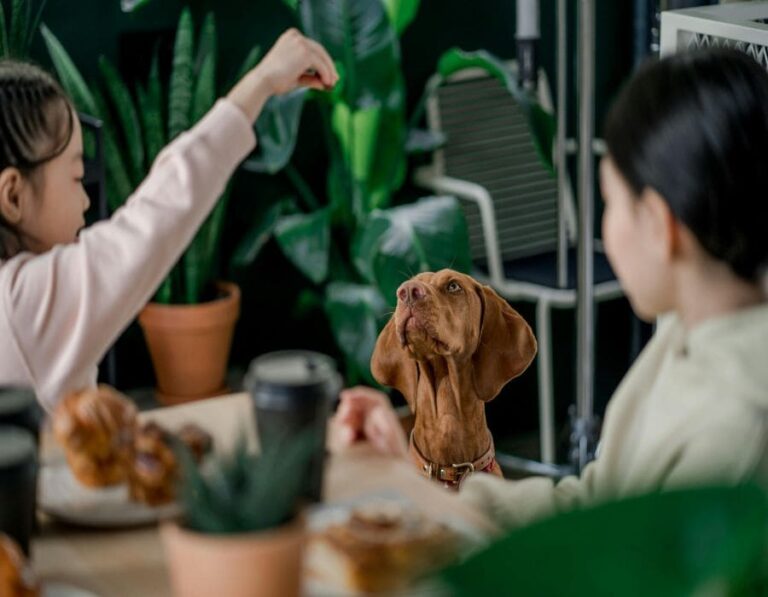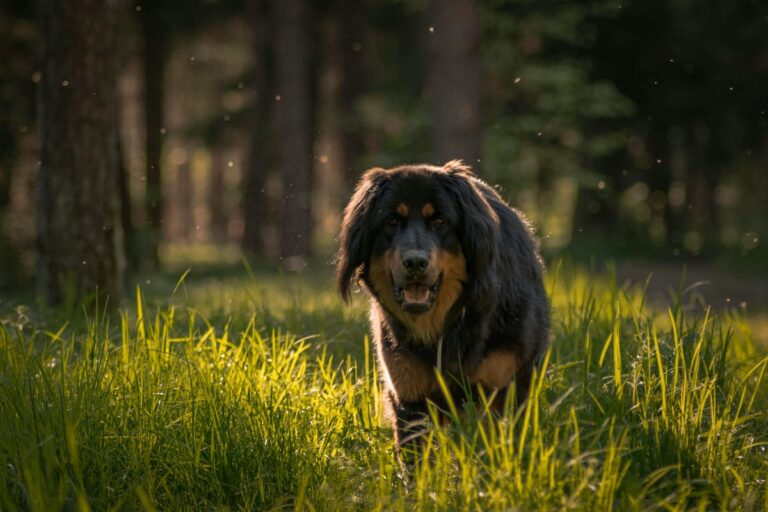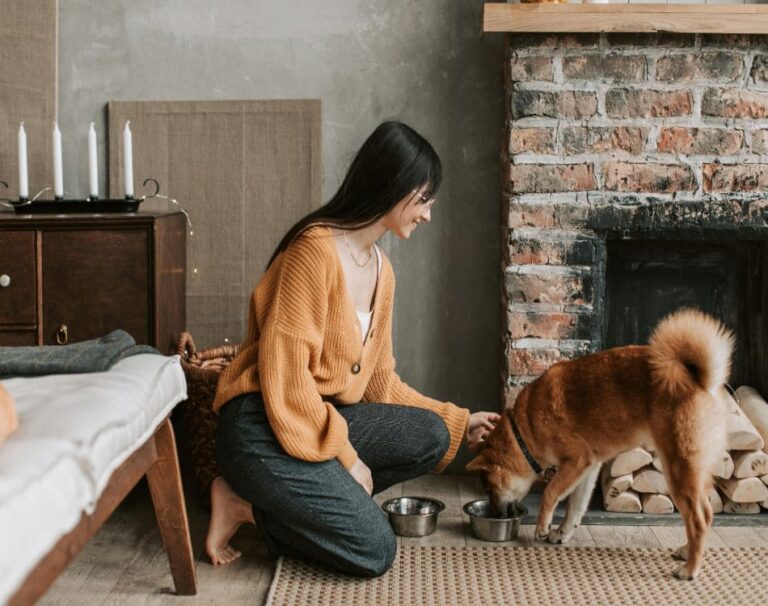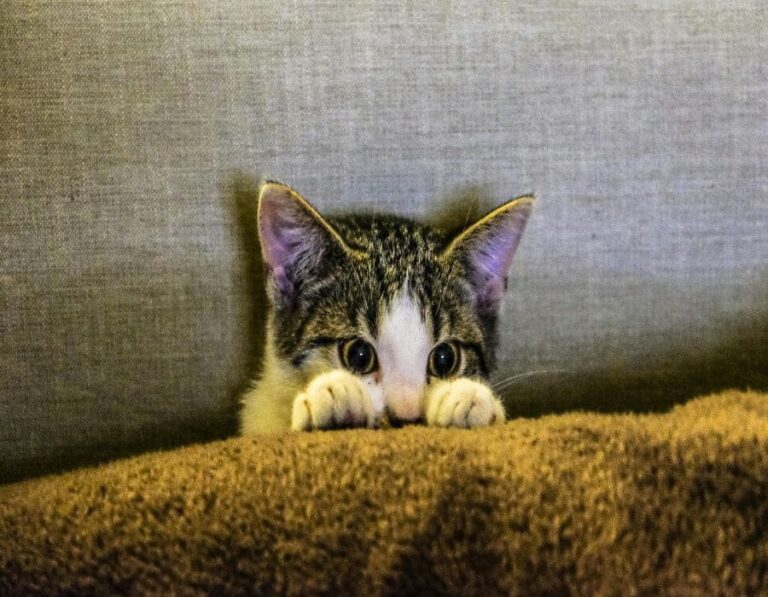10 Signs Your Cat Is Truly Happy (And 5 That Signal Sadness)
Cats may be independent creatures, but they are also highly expressive when it comes to their emotions. A content and happy cat will exhibit behaviors that show trust, affection, and relaxation, while an unhappy or stressed cat may display signs of anxiety, sadness, or discomfort.
As cat owners, it’s important to recognize these signals to ensure your feline friend is not just healthy but truly happy. Below are 10 signs that indicate your cat is thriving, along with 5 signs that could suggest they’re feeling down.
1. Purring – The Sound of Contentment
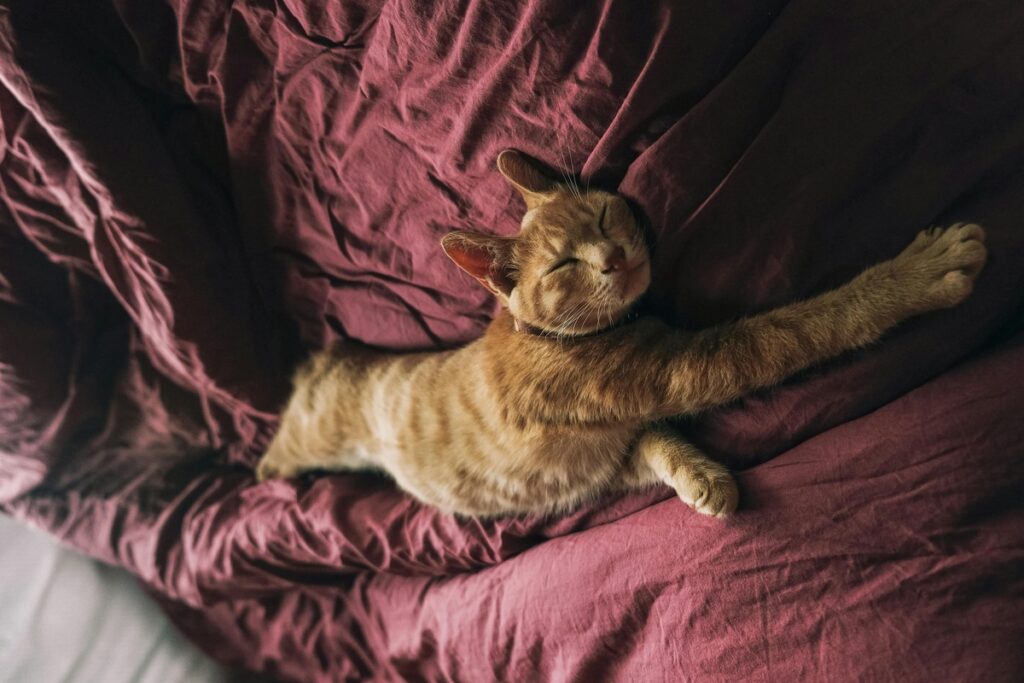
A purring cat is often a happy cat. Purring is one of the most well-known signs of feline contentment, often occurring when your cat is snuggled up next to you or enjoying a petting session. However, cats can also purr when anxious or in pain, so consider their overall behavior when interpreting this sound.
2. Kneading – The “Happy Paw Dance”
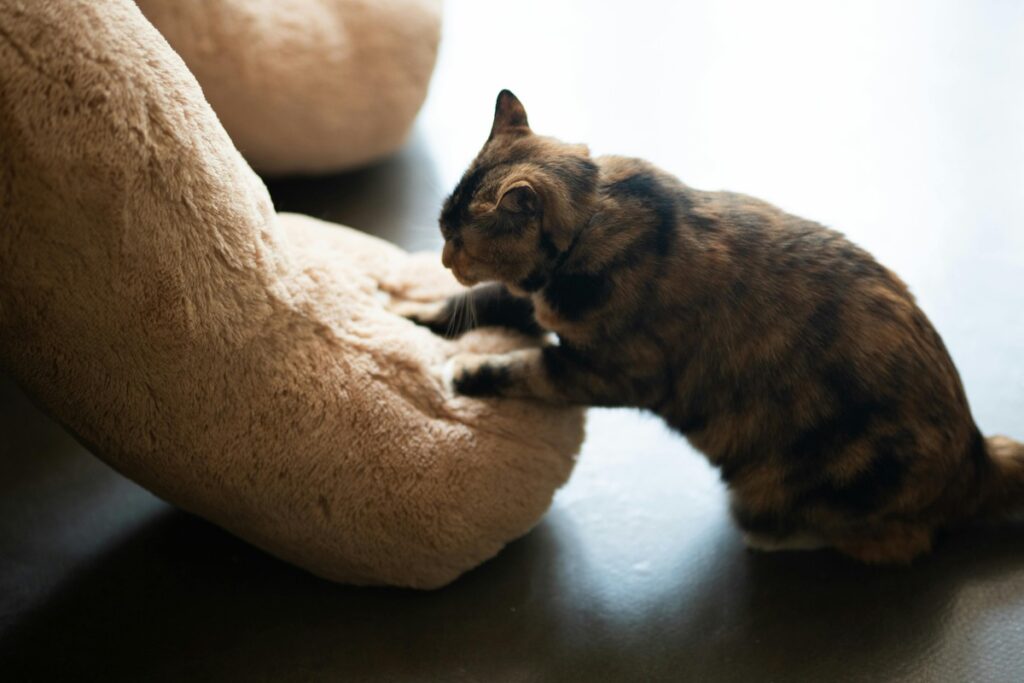
When your cat rhythmically pushes their paws against a soft surface like your lap, it’s called kneading. This behavior originates from kittenhood when they kneaded their mother’s belly for milk. A cat that kneads is expressing deep comfort and affection, making it one of the most adorable signs of happiness.
3. Slow Blinking – A Sign of Trust
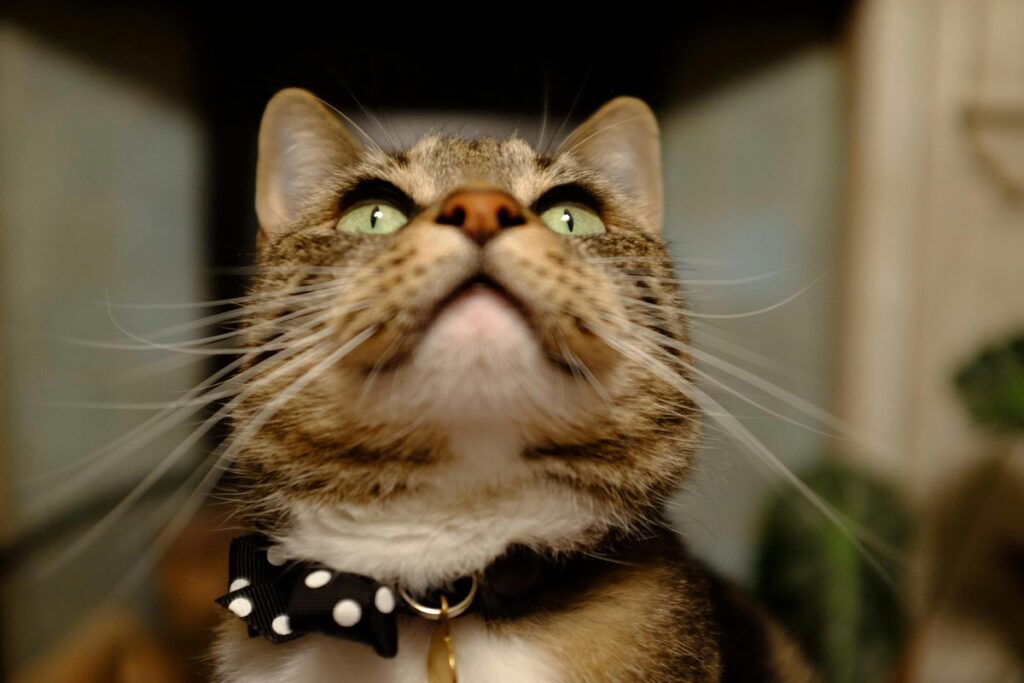
Cats communicate a lot with their eyes. A slow blink directed at you is the feline equivalent of an “I love you.” When your cat gives you slow, relaxed blinks, it means they trust you completely and feel safe in your presence.
4. A Tail Held High with a Gentle Curl
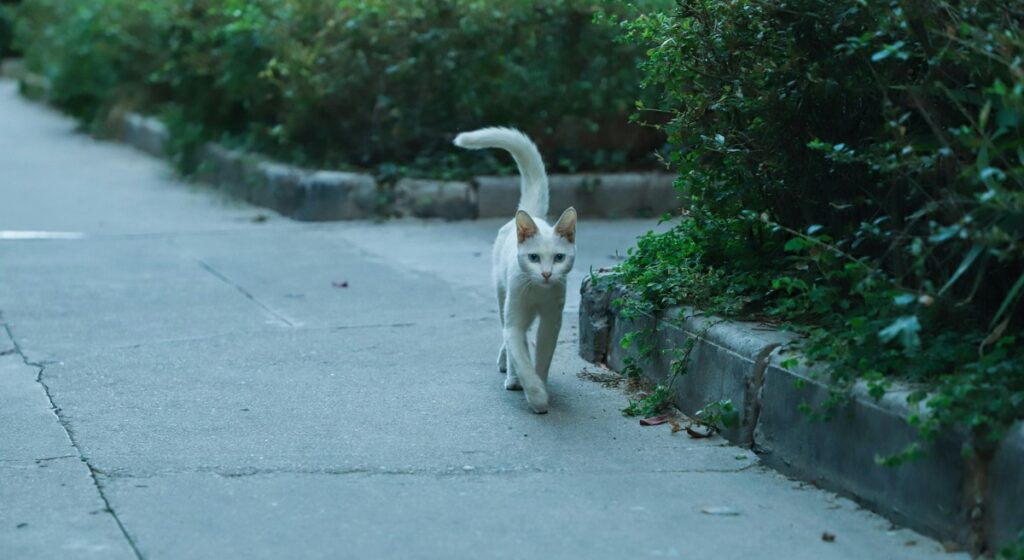
A cat’s tail is a mood indicator. A happy cat will hold their tail high and slightly curled at the tip, signaling confidence, affection, and joy. If they wrap their tail around your leg or another cat, it’s a gesture of bonding and love.
5. Playfulness and Energy
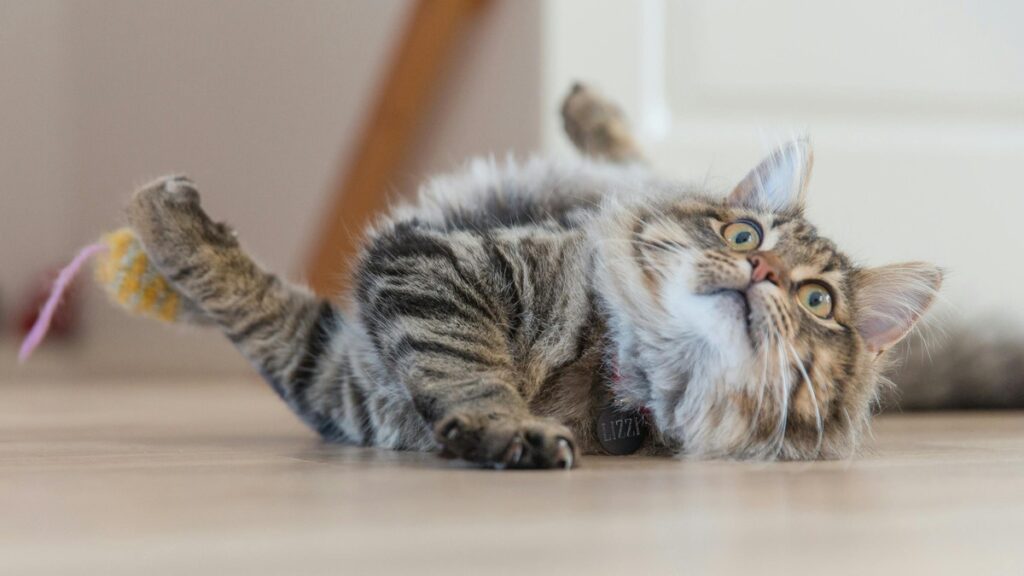
A happy cat is an engaged and curious cat. Whether they’re chasing a toy mouse, pouncing on imaginary prey, or batting at a feather wand, their desire to play is a strong sign of mental and physical well-being. Even older cats should have occasional bursts of playful energy.
6. Showing Their Belly – The Ultimate Sign of Trust
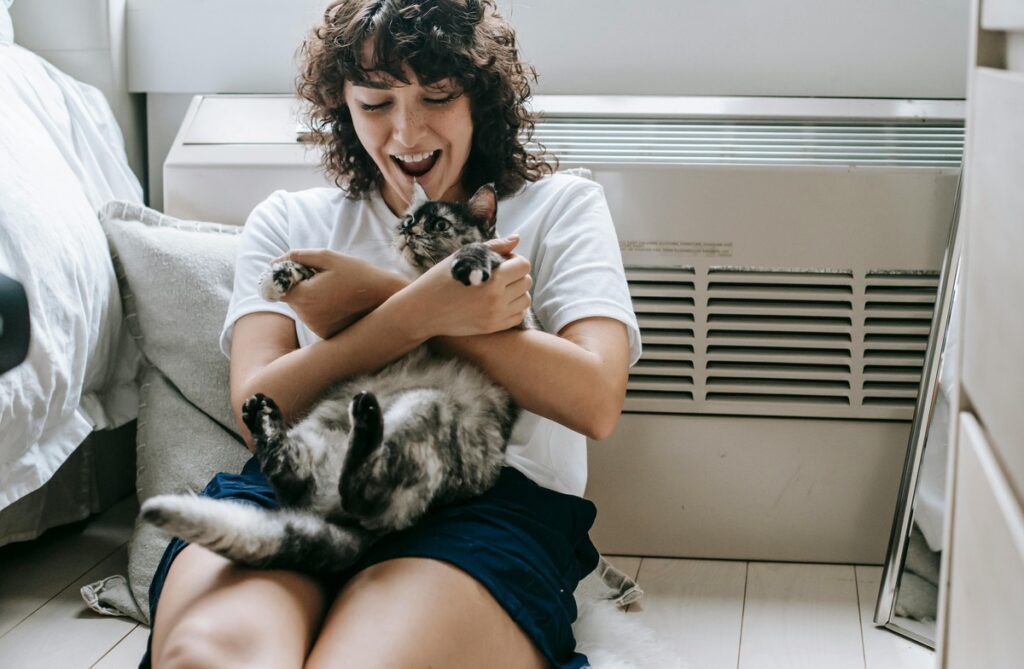
If your cat flops onto their back and exposes their belly, they are showing complete trust in you. Unlike dogs, most cats don’t necessarily want a belly rub—but revealing this vulnerable area is a huge sign that they feel safe and happy in your home.
7. Bringing You “Gifts” (Even If You Don’t Want Them)
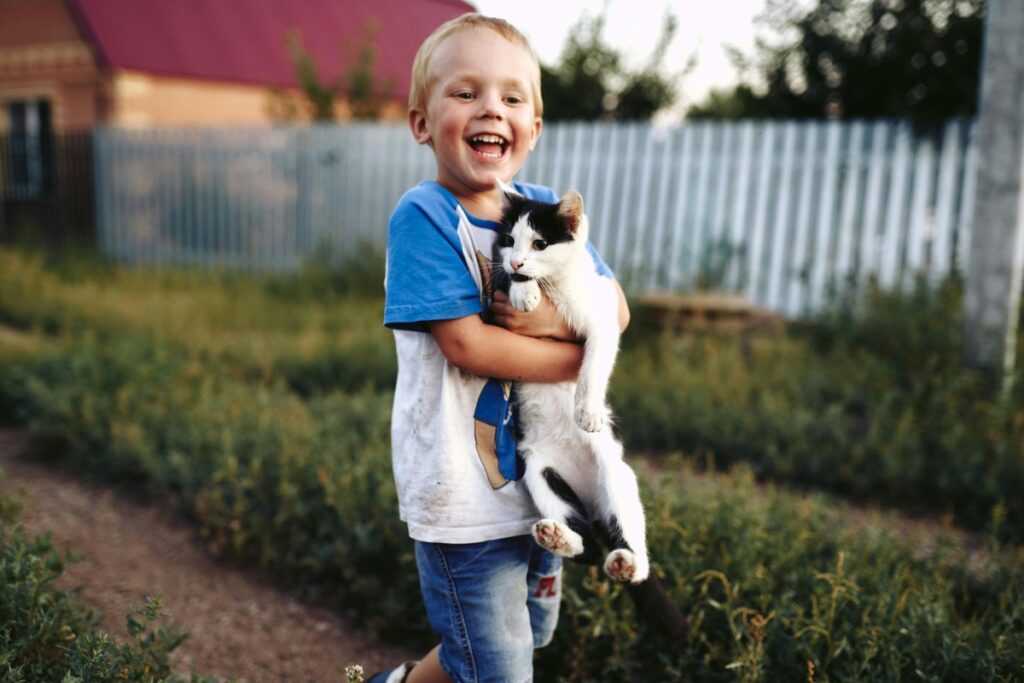
A cat that brings you toys, socks, or even small prey from outside is displaying affection and trust. In their eyes, they are sharing their hunting success with you, just as they would with a fellow feline family member.
8. Grooming Themselves and Even You
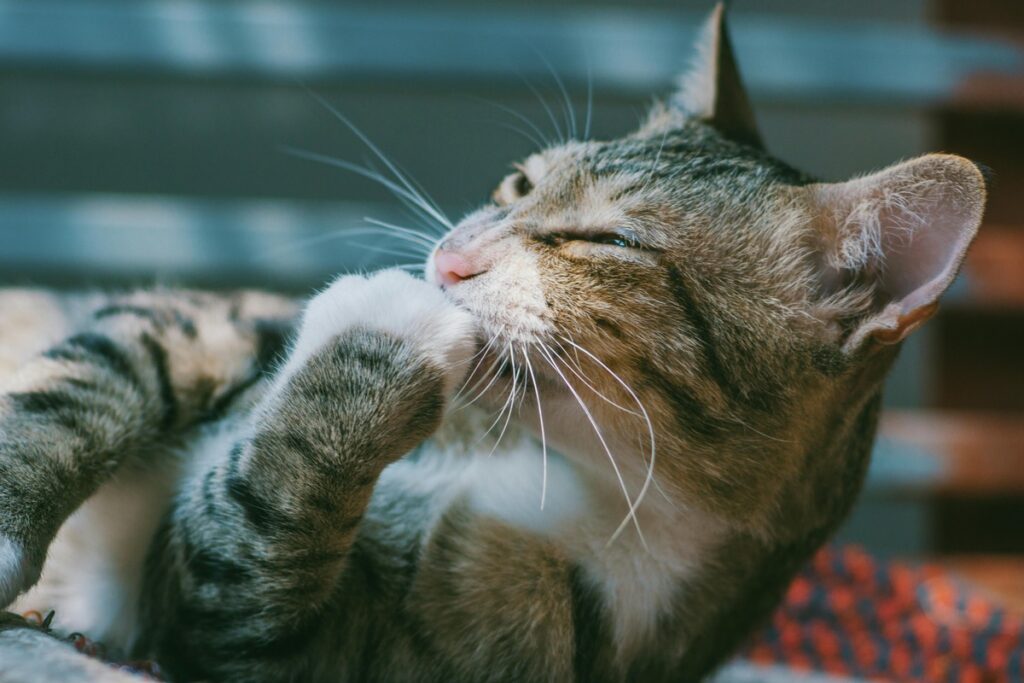
Regular grooming is a sign of a happy, healthy cat. A cat that takes the time to lick and groom their fur is feeling good and comfortable. If your cat tries to groom you by licking your hands or hair, it’s their way of showing affection.
9. Head-Butting and Rubbing Against You
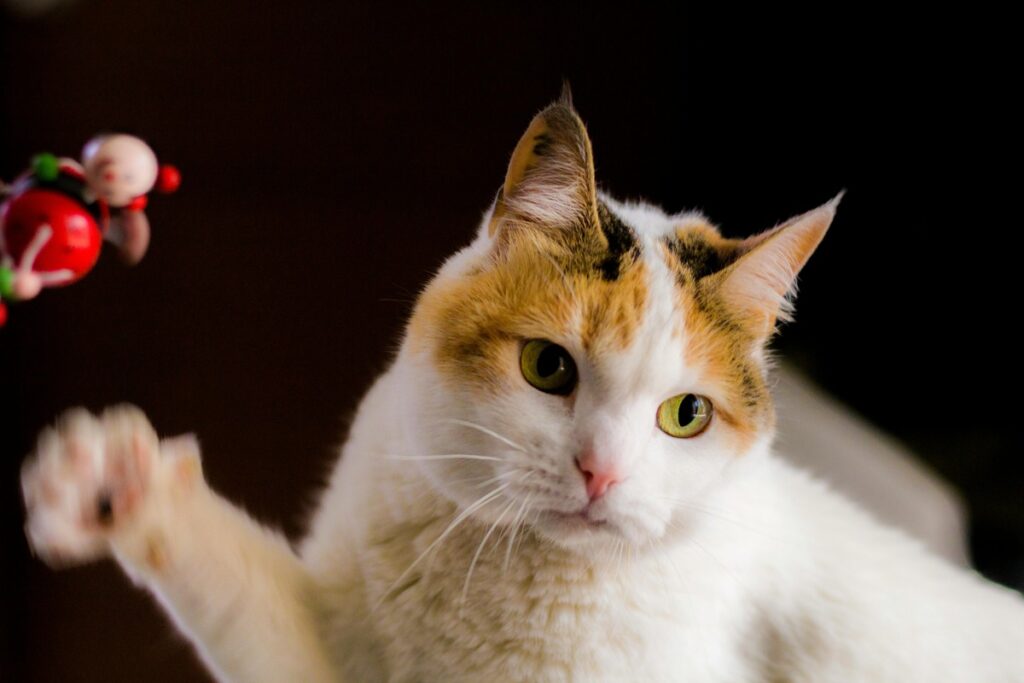
When your cat rubs their head, cheeks, or body against you, they are marking you with their scent and claiming you as their own. This is one of the strongest signs of bonding and happiness.
10. Sleeping Near You (or on You)
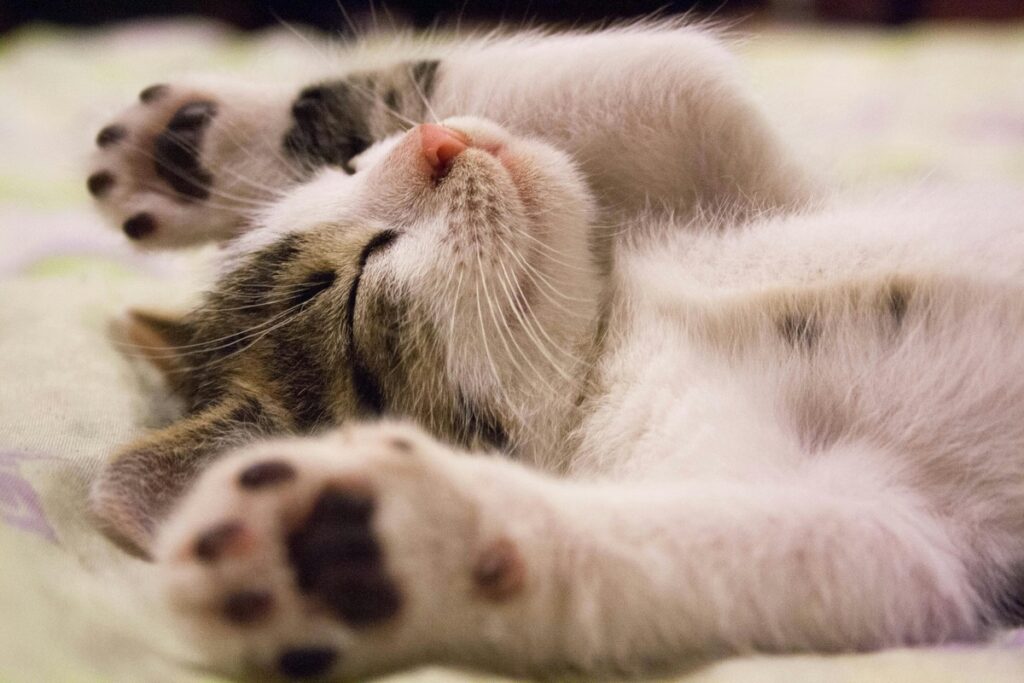
Cats only sleep where they feel safe, so if your cat chooses to nap near you, on your bed, or even curled up on your lap, it means they trust you completely. Sleeping is a vulnerable time for cats, and their choice of sleeping spot is a clear indicator of their emotional state.
Now let’s look at 5 signs that may show that your cat is upset:
1. Hiding More Than Usual
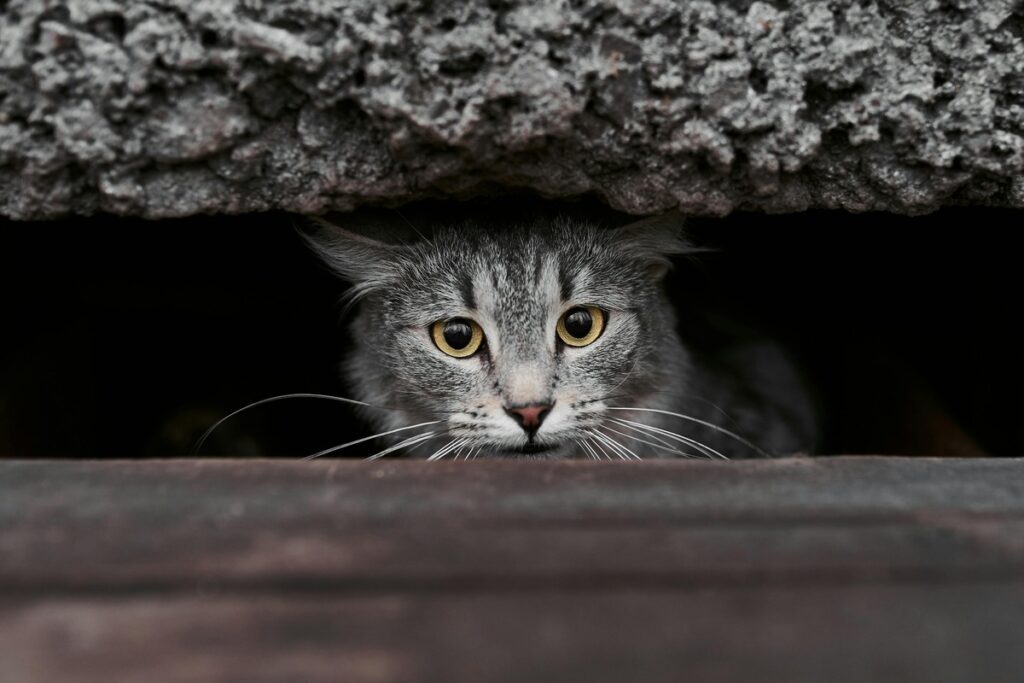
If your cat suddenly starts hiding under the bed, in closets, or avoiding people, it could be a sign of stress, sadness, or even illness. While some cats are naturally more reserved, a drastic change in behavior is a red flag.
2. Changes in Appetite
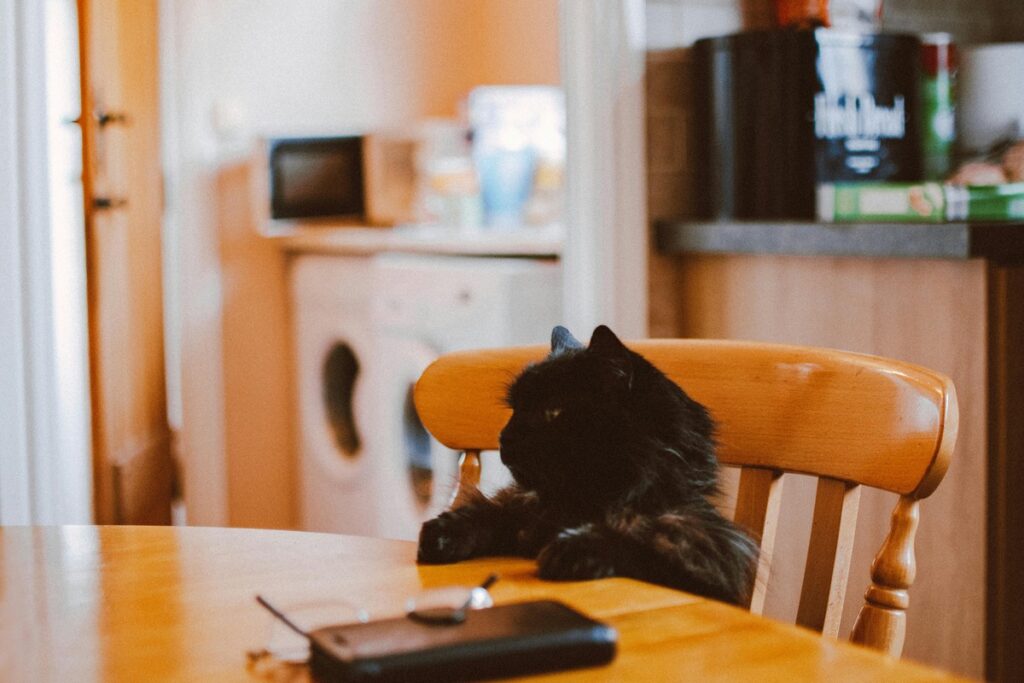
A loss of appetite or a sudden change in eating habits can indicate sadness, stress, or a medical issue. Some cats overeat when anxious, while others may refuse to eat altogether. If your cat’s eating habits change significantly, it’s time for a vet visit.
3. Lack of Grooming or Over-Grooming
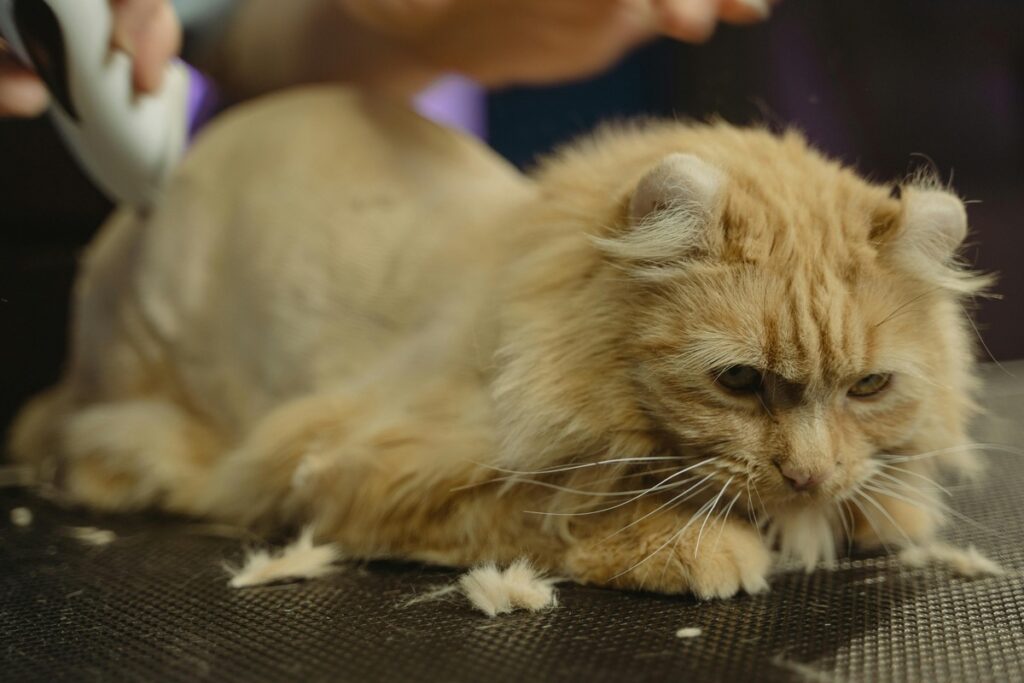
Cats are meticulous groomers, so if your cat stops grooming themselves, their coat may become dull or matted—a possible sign of sadness or depression. On the other hand, some cats over-groom due to anxiety, leading to bald patches or irritated skin.
4. Unusual Aggression or Withdrawal
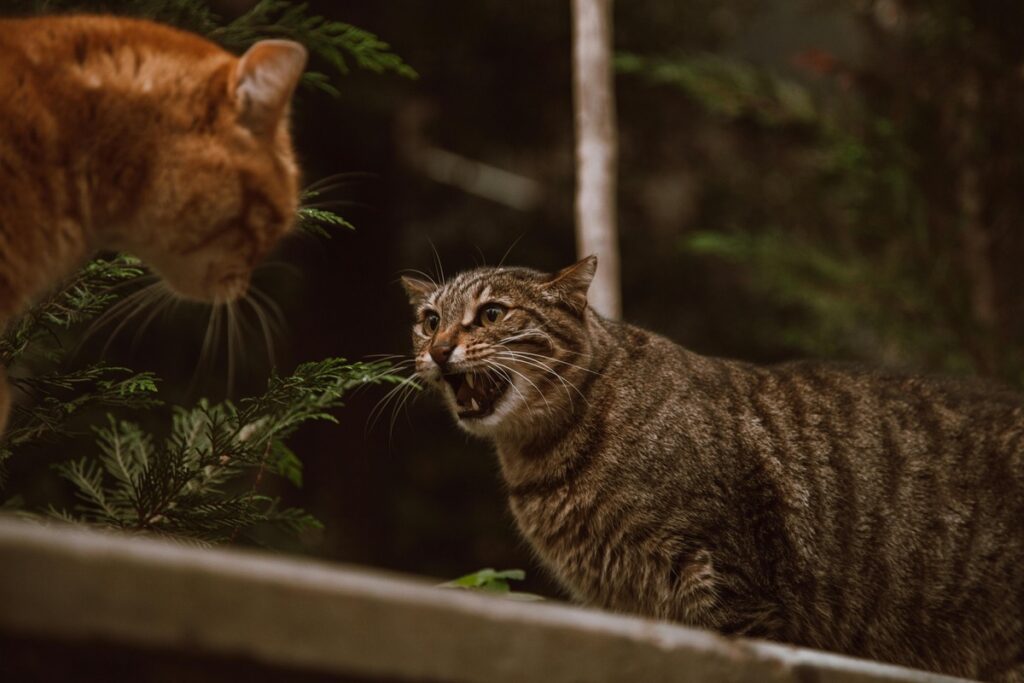
A cat that suddenly becomes aggressive or distant may be experiencing emotional distress. If your once-affectionate cat hisses, swats, or avoids interaction, it could be a sign that something is wrong emotionally or physically.
5. Increased Vocalization or Sudden Silence
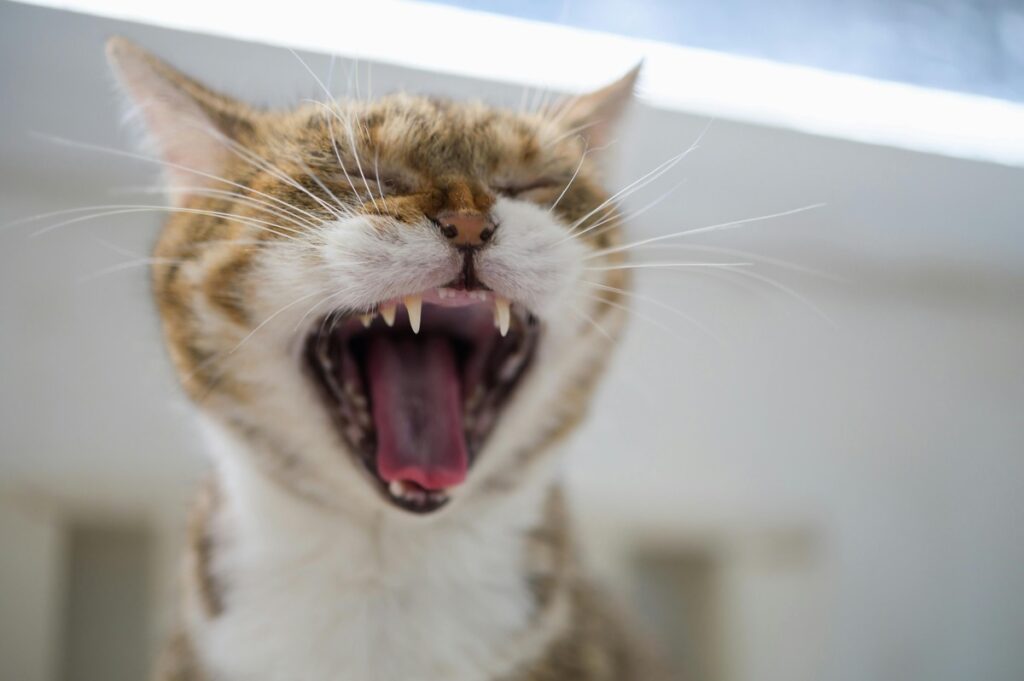
Some cats become excessively vocal when they’re sad or stressed, meowing or crying more than usual. Conversely, if a normally talkative cat suddenly becomes silent and withdrawn, it could indicate sadness. Changes in vocal behavior are always worth paying attention to.
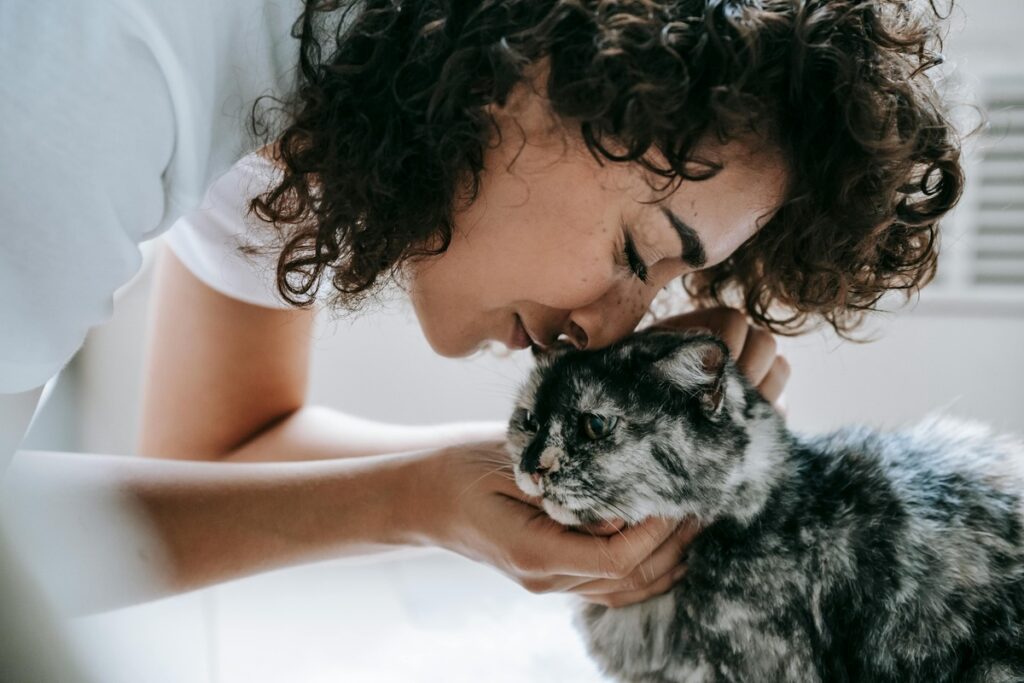
Cats may be independent, but they are deeply emotional creatures that thrive on love, routine, and comfort. A happy cat will display affection, playfulness, and trust, while an unhappy or stressed cat may withdraw, change their eating habits, or act out.
By paying attention to these signs of happiness and sadness, you can ensure your feline companion is not just surviving—but truly thriving. If you notice sudden behavioral changes, consulting a veterinarian is always a good idea to rule out health concerns.
At the end of the day, a happy cat means a happy home, and with the right care, love, and attention, your furry friend will continue to shower you with loyalty, affection, and slow blinks of love!

